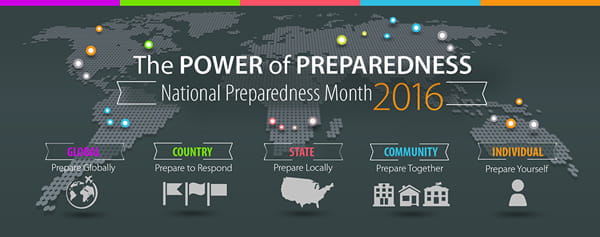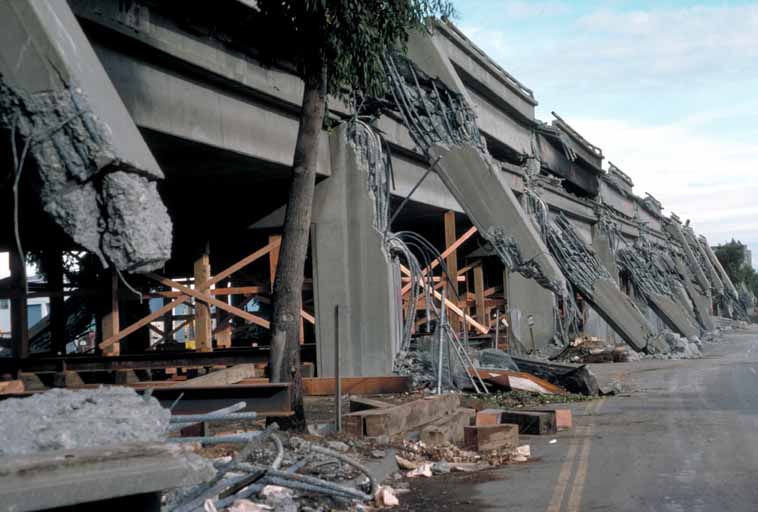I want to talk today about electricity.
It isn’t a big part of my
Oil Apocalypse novel series yet. But it will be in book #4.
In the U.S. and Canada, we’re close to being in big trouble with electricity. We’ve relied on it our entire lives. It has always been there with the flick of a switch, as much of it as we want, whenever we want it. Less and less is that likely to be so in the future.
Right now, fossil fuels produce most of the U.S. electricity, with nuclear and renewables of all sorts producing about 20% each. Fossil fuels will run out. Also, they are horrible for our health in the short and long term, burning them drives climate change, and yet we’re stuck with them for now.
Our entire electrical infrastructure is based on them, and nukes work pretty well with that system. As we move to renewables, this old system becomes a problem. The short explanation is this: electricity is quite hard to store. Nuclear power and fossil fuel power cannot be ramped up or shut off quickly. Those plants were designed to run all the time. Wind and solar (which by the way are not as eco-friendly as we might hope) can--and do--start up and shut off in seconds. The problem is with the shutting off. The wind quits blowing. Clouds roll in. No electricity! But if the coal plants are all shut off when that happens, or the nuclear plant is at rest, you can’t exactly turn them on like a light switch. It can take hours or days to make those plants start generating electricity again.
So imagine a future in which we rely 100% on renewable electricity. The wind quits blowing and the sun goes down, both at the same time. Oops.
Choice A: live without electricity until the wind blows again or the sun shines again, or until another form can be generated or transported across a long distance. (As someone who lives in a hot desert right now, I can promise you, this is not really an option on 120-degree days!) Or choice B: find a way to store it in massive amounts so there is electricity saved up for times when sun or wind or water isn’t generating it.
Storage of electricity is a big challenge. Batteries go bad. Big batteries--enough to run a whole city during the peak evening hours--aren’t part of our infrastructure. There are other ways to store electricity, like using excess when you have it to pump a whole lot of water up really high, and then letting the water fall in a controlled manner, via gravity, to spin turbines when you need it, but is there such a device in your neighborhood? I’m guessing not. So we need to build these sorts of storage devices. Or invent new ways to store it. We’re not nearly there yet. Indeed, we’ve barely begun.
Worse, if you are on wind, and the wind starts to blow hard, there can be too much electricity and that can burn out transformers, fry lines, and otherwise result in damage to the grid so there is no electricity at all. Right now, you could ask a wind farm to shut off their delivery to the grid at such times, but they won’t. Why? Because that’s how they get paid, by delivering electricity. As we switch to more renewables but don’t update the delivery system--the wires and so on--expect more outages from this sort of event.
You like solar better? Here’s a chart I whipped up that compares electricity generated to electricity used by a typical family on a weekday. You can see the problem at a glance. You need some way to store it (my characters use batteries, as I have myself in the past) if you want to do anything after sunset that requires power.

There’s a lifestyle solution to this, which I lived for many, many years. You do a lot of electrical things from 10-2, when the sun is highest, including charging your computer, portable DVD player, phone, and Kindle. You run your fan all you want during those hours. You use your vacuum cleaner. But then at 2:00, you start to live a different lifestyle. You conserve. When the sun falls, you use up all the charge in one device, then in the next, then in the next to entertain yourself, and if you run them all down, you don’t get to used them again until 10 a.m. the next day. You rise with the sun and sleep soon after dark. Prime-time TV is the enemy of this lifestyle. You turn on only one low-voltage LED light. This works pretty well in spring and fall and in summers in temperate locations. Forget about heating in winter if it’s cold because in the dead of night, that's when you’re down to very little stored electricity indeed. You pile on another blanket and slip on another pair of socks. You use a hot water bottle to be warm enough to get to sleep. And, like me, you eat a baked potato for breakfast every morning because the oven working for 45 minutes helps take the chill off the kitchen.
I think I’m a rare person who is willing to live like this forever, having first experienced unlimited electricity at my command. And even I’m only willing to live like that forever if I can inhabit a temperate place! Unfortunately, not everyone in the USA can fit into coastal California, where you could live like that indefinitely. (In my case, I moved twice a year, using elevation control as my substitute for heat/air conditioning. Up high in the mountains in summer, it was pleasant in the days. Down in the low desert in winters, it was warm enough at night to need no heat. And by warm enough, I mean it was around freezing on the worst nights. Again, not a choice many people would embrace. But you do get used to that.)
Back to problems with the grid. Because of deregulation in the late 80’s, trees don’t get trimmed as often today, and trees growing into lines can bring the electrical grid down for millions of people. So can ice storms. So can a computer glitch or an inattentive employee at the power company. We live right now with a cobbled-together system that is aging, that isn't meant for renewable generation, and is really something of a mess.
Collectively, we are in deep trouble. Right now, right here, in the world we inhabit, our electricity delivery system is like that old car you kept running despite the hole in the floorboard and the non-functioning heater when you were 22 and poor. It’s a wonder it got you anywhere at all.
As for my characters in my novel series
Oil Apocalypse? They were smart. They didn’t trust the aging grid, so they stayed off it when they built their homes. They generated their own electricity. One family had both solar and wind, so if the sun wasn’t shining, the wind might still be blowing. Thus, they could afford to have a smaller battery bank. The other families with only one form of power generation had lots of batteries.
And, spoiler alert, here comes a new problem. Batteries, unfortunately, don’t last forever. At some point after batteries are no longer manufactured in my fictional world, and the batteries hold very little charge, these off-the-grid systems will only be useful during sunny days (for the solar powered home) or windy moments (for the wind powered home). Extremes of weather will have to be dealt with the way people always have and still do in poor countries: Bundle up when it’s cold, and don’t work hard and live in the shade when it’s hot.
If you thought this is going to be a problem in the future, you would probably own some labor-saving devices that weren’t electrical. I can barely remember helping my grandmother run a hand-crank wringer-washer. This is far easier than banging your clothes on a rock, and all it requires is human power, the turning of a simple crank several times. Even at age 5, I could turn the crank.
 |
| you needn't dress like this to use it |
One power-saving device I loved in my solar-only lifestyle was
this, a solar shower. Basically, a black plastic bag (I’ve tried several brands, and this is definitely the good one), it allows you to take a shower or to do your dishes with a minimal wait period and passive solar heating of the water. Passive-solar water heaters are another useful item for the post-apocalyptic survivor to own, and I’ve given both of these to my characters in
Oil Apocalypse.
The toughest challenge with electricity and for living a lifestyle with little or none is food preservation. That’s going to be a serious problem for my characters in book 4. And if you’ve ever lost electricity for five days because of a storm, you know that, right? It was a problem for you as well. I’ve owned two-way refrigerators that can run on either propane or electricity. But if you don’t have electricity and you don’t have fossil fuels, that isn’t much of a help. So what do you do? Eat meat as soon as you kill it, or smoke it, or salt it. I hope you know of a good salt source nearby.
I’ve rambled, I see, and don’t have the time to un-ramble this blog post. (I’m finishing
Oil Apocalypse #3 as I write this.) But I hope I’ve given you more to
be afraid of think about.
For more on this topic, I suggest reading
The Grid by Gretchen Bakke.

















